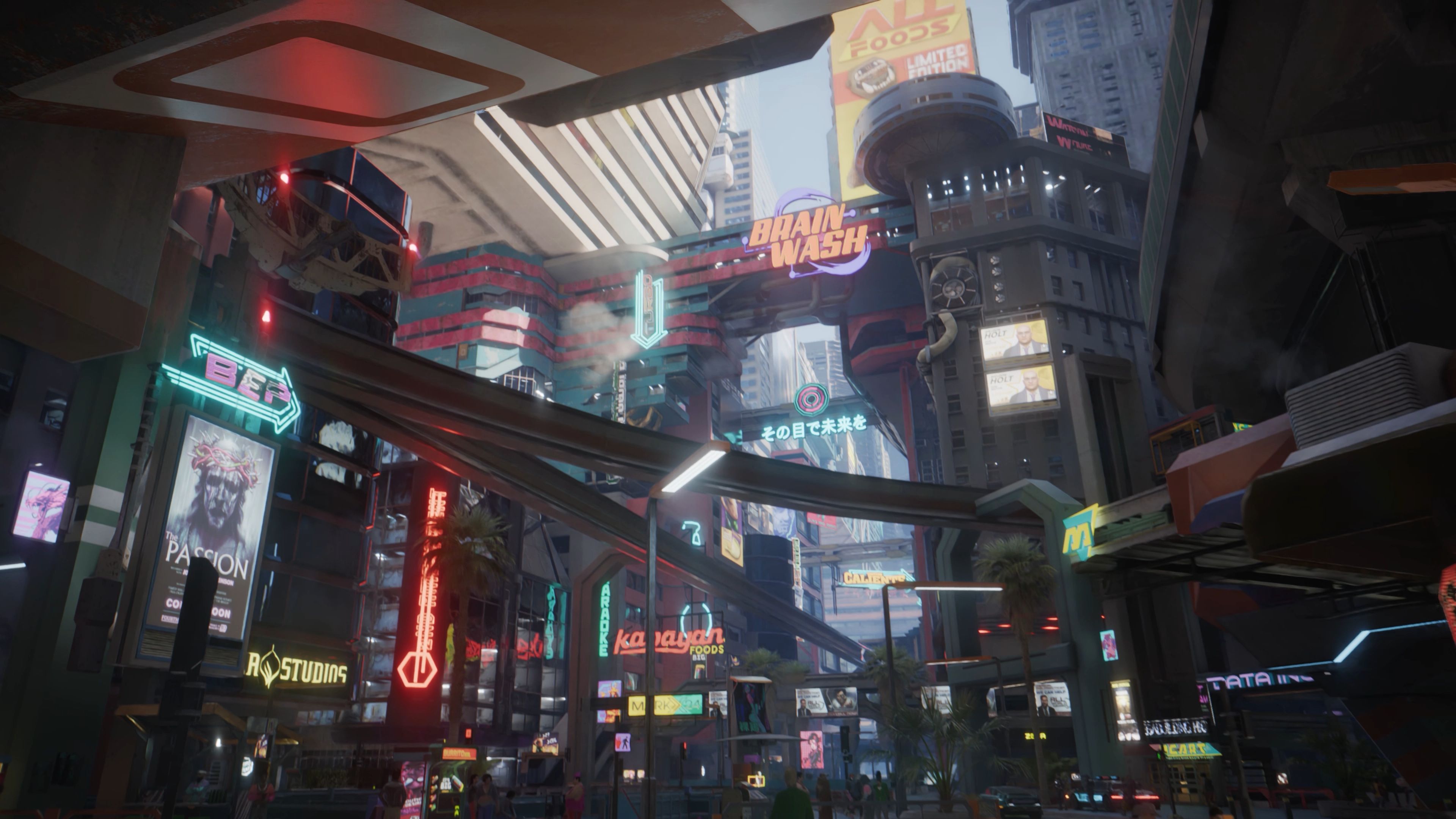Unleash Your Creativity: A Beginner's Guide to the Overwatch 2 Workshop
Ever watched a highlight reel of a wild, gravity-defying team fight in Overwatch 2 and thought, "What if we could play like that all the time?" Or perhaps you've imagined a game mode where heroes have infinite abilities, or where only the most precise snipers can prevail? What if you could build that experience yourself, not with complex code, but with a powerful, visual toolset built right into the game? Welcome to the Overwatch 2 Workshop, a sandbox of infinite possibilities waiting for you to explore.
For many players, the Workshop can seem like a daunting, technical realm reserved for expert programmers. But that's a myth we're here to dispel. This guide is your friendly invitation into the world of custom game creation. We'll demystify the interface, break down the core concepts into digestible pieces, and walk you through creating your very first custom game mode from scratch. By the end, you'll not only understand how the Workshop works, but you'll be equipped with the knowledge to start bringing your own crazy hero shooter ideas to life.
First Steps: Entering the Workshop

You won't find the Workshop on the main menu; it's hidden within the "Game Browser." Navigate to Play > Game Browser. Here, you can see custom games created by other players. To start creating, click on "Create" and then "Settings." On the right-hand side, you'll see a tab labeled "Workshop." Click it, and you've arrived at your new creative headquarters.
The interface might look busy at first, but let's break it down. You have two main panels: the "Actions" panel on the left, which is your empty canvas, and the "Rule" panel on the right, which is your library of building blocks. Creating a mode is all about writing "Rules." Each Rule is a self-contained set of instructions that tells the game, "When X happens, do Y."
A Rule is composed of three key parts:
- Events: This is the "When." It's the trigger that starts your rule. Common events include "Ongoing - Global" (runs constantly), "Player Dealt Damage," "Player Died," or "Game Started."
- Conditions: This is the "If." It's an optional filter that checks if something is true before proceeding. For example, "Is the damaging player the Hero Ana?" or "Is the ability cooldown greater than 0?"
- Actions: This is the "Do." These are the specific commands that execute when the Event triggers and the Conditions are met. This is where the magic happens—you can create effects, modify player stats, teleport heroes, display messages, and so much more.
Think of it like a recipe: When the timer goes off (Event), if the cake is golden brown (Condition), then take it out of the oven (Action).
Your First Creation: Infinite Ability Mayhem
Let's apply this theory by building a simple but incredibly fun mode: Infinite Ability Mayhem. The goal is to give every hero in the game no cooldowns on their abilities and perhaps even a super-fast Ultimate charge rate. This is a perfect starter project for learning the Overwatch 2 custom game creation process.
- Step 1: Create a New Rule. In the Actions panel, press "Add New Rule." Give it a clear name like "Infinite Abilities."
- Step 2: Set the Event. We want this rule to apply to all players, all the time. Select the Event and choose "Ongoing - Global." This means the rule will be checking its conditions and running its actions in a continuous loop throughout the game.
- Step 3: Skip Conditions. For this simple mode, we don't need any filters. We want this to apply to everyone, unconditionally.
- Step 4: Write the Actions. This is the core. Press "Add Action." We'll add two key actions:
- Action 1: Set Ability Cooldown. Find this action in the list. It will ask for parameters. For "Player," select "All Players." For "Ability," select "Primary Fire," "Secondary Fire," and "Ability 1," "Ability 2," etc. For "Cooldown," input
0. This sets the cooldown for all these abilities to zero seconds. - Action 2: Set Ultimate Charge. Find this action. Set "Player" to "All Players" and "Charge" to
100. This instantly gives everyone their Ultimate.
- Action 1: Set Ability Cooldown. Find this action in the list. It will ask for parameters. For "Player," select "All Players." For "Ability," select "Primary Fire," "Secondary Fire," and "Ability 1," "Ability 2," etc. For "Cooldown," input
Save your settings, start the game, and voilà! You're now playing with infinite abilities. But you might notice a problem: the Ultimates only charge to 100% once at the start. To fix this, we need to understand a crucial concept: the loop.
The "Ongoing - Global" event runs about 60 times per second. Our rule sets the ultimate charge to 100, but as soon as a player uses their ultimate, it drops to 0, and the game's natural mechanics try to recharge it slowly. Our rule sets it back to 100 on the next tick, but there's a tiny flicker. A better approach is to use the "Set Ultimate Charge" action with the "Rate" parameter. Set the Ultimate Charge Rate to something astronomically high, like 10000%. This ensures players get their ultimate back almost instantly after using it, creating a truly seamless infinite ability gameplay experience.
Leveling Up: Creating a Unique "Headshots Only" Mode
Now that you've mastered a global modifier, let's create something more complex and tactical: a Headshots Only mode. This is a fantastic example of using Conditions to create specific interactions and is a popular custom game mode design for aim training.
We'll need two rules for this.
- Rule 1: The Headshot Check (The Punisher)
- Event: Player Dealt Damage
- Condition: Was The Damage Dealt A Headshot? == False
- Actions:
- Heal(Event Player, 1000, Do Not Heal Overhealth) - This instantly reverses the damage they just dealt.
- Create Effect(Event Player, Good Aura, Color(White), 1) - This gives a visual cue that the hit was invalid.
- (Optional) Small HUD Message(Event Player, Custom String("Headshots Only!"))
This rule says: "When a player deals damage, if that damage was NOT a headshot, then instantly heal the target and show a visual effect." This effectively makes body shots useless.
- Rule 2: The Headshot Reward (The Encourager)
- Event: Player Dealt Damage
- Condition: Was The Damage Dealt A Headshot? == True
- Actions:
- Set Damage Dealt(1000%) - This makes headshots massively powerful, likely a one-hit kill.
- Create Effect(Event Player, Good Aura, Color(Yellow), 1) - A golden effect for a successful headshot.
This rule says: "When a player deals damage, if that damage WAS a headshot, then multiply the damage to be lethal and show a rewarding visual effect."
With just these two rules, you've fundamentally changed the core combat loop of Overwatch 2, creating a high-skill, pulse-pounding mode. This is the power of the Workshop.
Advanced Concepts: Variables and Player Tracking
To create truly unique modes, you'll need to track information. This is where Variables come in. Think of them as sticky notes where you can store numbers or true/false values. You can have Global Variables (for the whole game) or Player Variables (unique to each player).
Let's design a "Juggernaut" mode. One player is the Juggernaut—they have more health and deal more damage. When the Juggernaut is eliminated, the player who killed them becomes the new Juggernaut.
- Step 1: Create a Player Variable. In the Workshop settings, go to the "Variables" tab. Create a new Player Variable, call it
Is Juggernaut, and set its type to "Boolean" (True/False). - Rule 1: Game Start - Choose First Juggernaut
- Event: Game Started
- Actions:
- Set Player Variable(All Players(All Teams), Is Juggernaut, False) - Reset everyone first.
- Set Player Variable(Random Value In Array(All Players(All Teams)), Is Juggernaut, True) - Pick a random player to be the Juggernaut.
- Rule 2: Apply Juggernaut Buffs
- Event: Ongoing - Each Player
- Condition: Player Variable(Event Player, Is Juggernaut) == True
- Actions:
- Set Max Health(Event Player, 500)
- Set Damage Dealt(Event Player, 150%)
- Create In-World Text(All Players(All Teams), Custom String("JUGGERNAUT"), Event Player, 0, Color(Red), ...) - This places a floating "JUGGERNAUT" text above their head.
- Rule 3: Juggernaut Elimination - Transfer Power
- Event: Player Died
- Condition: Player Variable(Event Player, Is Juggernaut) == True
- Actions:
- Set Player Variable(Event Player, Is Juggernaut, False) - The old Juggernaut loses the title.
- Set Player Variable(Attacker, Is Juggernaut, True) - The killer becomes the new Juggernaut.
- Big Message(All Players(All Teams), Custom String("New Juggernaut!"))
- Wait(0.50, Ignore Condition) - A small delay to let the death/respawn process.
- Teleport(Event Player, Nearest Walkable Position(Vector(0, 0, 0))) - (Optional) Teleport the new Juggernaut to a safe spot to re-orient.
This mode demonstrates the dynamic potential of the Workshop. By using a variable to track a state ("Is this player the Juggernaut?"), you can create complex, shifting gameplay that feels completely different from the standard game.
Testing, Iterating, and Sharing Your Masterpiece
Your first attempt at a mode will rarely be perfect. That's why testing is a core part of the Overwatch 2 Workshop scripting workflow. Use the "Pause Game" and "Slow-Mo Game" options in the Workshop menu to test your rules step-by-step. The "Print To Console" action is your best friend—use it to display variable values or to check if a rule is even firing.
When you're happy with your creation, it's time to share it! In the Game Browser settings, you can give your mode a name and description. Most importantly, you'll find a long string of letters and numbers called a "Share Code." This code is the key to your mode. Anyone who enters this code in the "Import" section of the Workshop will get an exact copy of your settings. Share it with friends, post it on community forums like the official Overwatch subreddit, and see what the world thinks!
The Overwatch 2 Workshop is a playground for your imagination. It might feel complex at first, but by starting small, understanding the core Rule structure, and gradually incorporating variables and more complex logic, you will unlock its full potential. So dive in, experiment fearlessly, and start building the Overwatch 2 experience you've always dreamed of playing. The community is waiting to see what you create.














